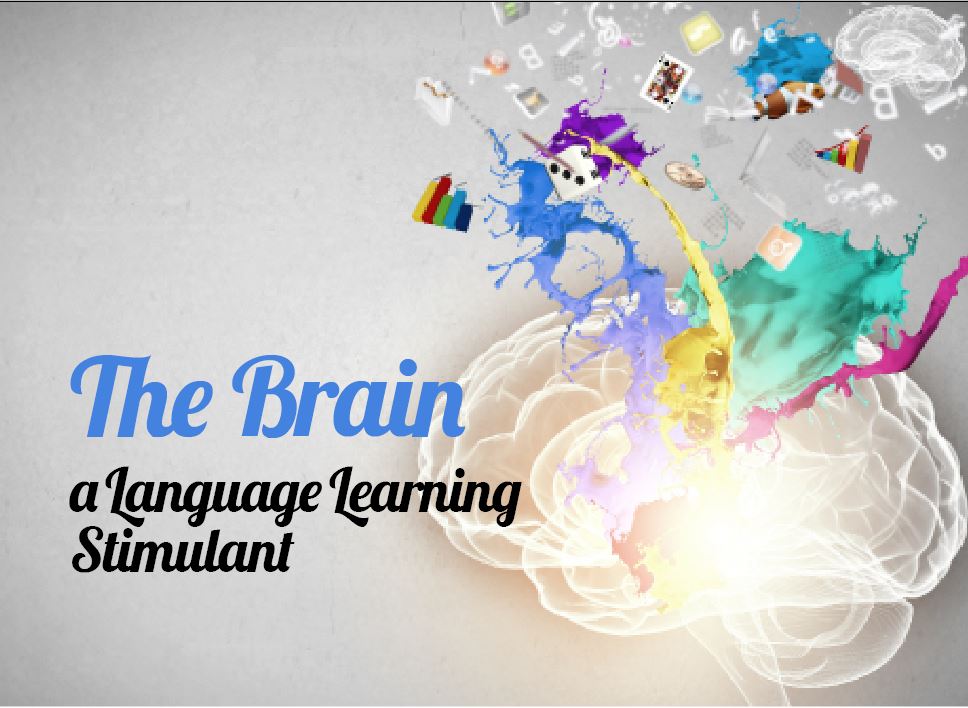Interest in the function of the brain was already known in ancient Greece. Alcmaeon of Croton was an early Greek medical writer and philosopher-scientist. (Beare, J. I., 1906,). He is possibly to have expressed his ideas sometime between 500 and 450 BCE. The surviving fragments and testimonial focus primarily on issues of physiology, psychology and epistemology reveal Alcmaeon to be a thinker of considerable originality. He was the first to identify the brain as the seat of understanding and to distinguish understanding from perception. Alcmaeon thought that the sensory organs were connected to the brain by channels (poroi) and may have discovered the poroi connecting the eyes to the brain (i.e. the optic nerve) by excising the eyeball of an animal, although it is doubtful that he used dissection as a standard method. He was the first to develop an argument for the immortality of the soul.
By Dr. Susie Michailidis, Professor, Vice Chancellor for Academic Affairs; , Dr. Peggy Manouka, Assistant Professor; and Mrs. Giannoula Vasiliou, Assistant Professor, Webster University Athens
The intellectual history of the twenty first century tries to solve the riddles of human agency, subject formation, language acquisition, and consciousness, with little or no awareness of the spectacular developments in psychology, literature, linguistics, philosophy of mind, and neuroscience that form the central story of Western intellectual life from the 1950s to the present. These fields, which have been uniting (along with artificial intelligence) under the rubric of “cognitive science” or “the cognitive neurosciences,” have largely abandoned the Saussurean and Freudian approaches to language and mind.
Overall, the functions of the brain are innumerable. Cognitive Linguistics and the field of Neuroscience have provided us with insightful findings about the activity of the brain in the process of learning a second or other language(s), thus making us more conscious of our cognitive abilities as language learners, and on the countless brain benefits of second language learning, promoting a healthier life, especially in later years.
On first note, comparative studies in Neuroscience have made it possible for us to examine the capacity and activity of the brain when picking up a second or other language. In a Swedish study, MRI brain scans showed that the brain of language learners grew in size, and especially in the regions related to language learning (hippocampus and cerebral cortex), proving that learners were better in language than in motor skills (“What…Learn a Language?”). Conversely, the brain structures of science or medical students did not undergo any change.
Moreover, MRI brain scans can detect which parts of the brain are activated while learning a second or other language(s). A perfect example to consider is the Japanese speakers trying to hear the difference between the English sounds of “r” and l”. In the Japanese language, these do not exist as separate sounds, but as one single sound entity (phoneme) (“What…Learn a Language?”). As a result, brain-imaging studies reveal that for the English speakers, there are two areas of activity, one for each distinct sound, whereas for the Japanese speakers, only one region of the brain is activated (“What…Learn a Language?”).
{loadmodule mod_random_image,call to action subscribe in articles}
An additional study headed by Kara Morgan- Short, a professor at the University of Illinois at Chicago also uses brain-imaging research to study the “hidden” complexities of the brain. The results were stunning as she and her coworkers found that the brain processes of learners immersed in the target-language environment resembled those of the native speakers, while the learners who received formal classroom instruction performed better in grammar because they had learned via the explanation of rules (“What…Learn a Language?” and Ullman).
One might ask: how are multiple languages represented in the human brain? Joy Hirsch and her colleagues at Cornell University showed that in the area responsible for the motor skills (mouth, tongue, and palate movements), or (Broca’s area), the native and second languages are spatially separated (Tulukder); however, in the area responsible for language comprehension (Wernicke’s area), there was little separation between the two languages (Tulukder). Therefore, what is obvious is that adult learners of a second language may have more difficulty with speaking than with understanding word meanings.
What’s more surprising is that Cornell researchers who studied the brains of “true’’ Bilinguals, those learning both languages within childhood, found that there was no spatial separation in either areas for both languages, and the same regions of the brain enabled them to process both languages (Tulukder).
Apart from being extensively informed about and overwhelmed by the “functional” role of the brain, thorough research in bilingualism and second language learning discloses apocalyptic facts about these people being at an advantage, or one could even say that they are “privileged”. Firstly, second language learners are more careful, slow thinkers as opposed to being emotional or impulsive (Keim). Learning English is hard, and this means that they are thinking harder or “overthinking”; also, they are communicating in a language which is more challenging and with which they don’t feel comfortable. Thus, they tend to be more cautious, rational and fair when it comes to making decisions or taking risks (Keim). Studies show that these learners switch to the second language mode when talking about embarrassing or sensitive topics, swearing (seems less offensive), or expressing anger (Keim and Sedivy). On the other hand, they prefer to use their native language only with family members, especially when they are emotionally charged (Sedivy).
Furthermore, researchers concluded that those who spoke another language had higher levels of intelligence (Iaccino) and had significantly better overall cognitive abilities (Alban). And this applies to bilinguals in early childhood or much later in adulthood. As the study from the University of Edinburgh confirmed, “Bilingualism may benefit the ageing brain” (qtd. in Joshi). Brain scans found that the brains of bilingual seniors “worked much more efficiently, more like those of young adults” (Alban); this means that they are also less likely to suffer from age-related memory loss as “scientists believe these seniors’ brains have more reserve power that helps compensate for this” (Alban).
Additionally, Canadian studies suggest that bilinguals may be diagnosed with Alzheimer’s disease or the coming of dementia much later in their lives than monolinguals (“What …Learn a Language?”). In fact, statistics show that these may be delayed by 4.5 years (Alban).
Alban emphasizes that adults who speak multiple languages are prone to
- Having better focus, concentration and attention
- Having better memory and memorization skills
- Exhibiting mental flexibility
- Scoring higher on standardized math, reading and vocabulary tests
- Being better at planning and prioritizing
- Having good listening skills
- Being creative
It is evident that the more we delve into the complex fields of Cognitive Linguistics and Neuroscience, the more we encounter that these sciences are uncovering marveling truths and facts about the human brain and the numerous benefits of second language acquisition. As our research firmly states, it is never too late to begin learning another language. It is high time you discovered it for yourself!
Works Cited
Alban, Deane. “The Brain Benefits of Learning a Second Language.” Web. 19. July 2016.
Beare, J. Greek Theories of Elementary Cognition from Alcmaeon to Aristotle, Oxford: Clarendon Press, 1906.
Hawkins, R. and E. Kandel, 1984. “Is There a Cell-Biological Alphabet for Learning?” Psychological Review 91: 375–391.
Iaccino, Ludovica. “New Study: Being Bilingual Slows Down Brain Ageing.” International Business Times 2 June 2014. Web. 19 July 2016.
Joshi, Priya. “Learning a Second Language Stimulates Same Pleasure Centres in the Brain as Sex and Chocolate.” International Business Times 25 Oct. 2014. Web. 19 July 2016.
Keim, Brandon. “Thinking in a Foreign Language Could Sway Your Moral Judgments.” Wired Science. 19 May 2014. Web. 18 July 2016.
Sedivy, Julie. “Does Speaking in a Second Language Make You Think More, or Feel Less?” Discover Magazine 30 May 2012. Web. 19 July 2016.
Tulukder, Gargi. “How the Brain Learns a Second Language.” 27 Jan. 2001. Web. 17 July 2016.
Turner, M. Reading Minds: The Study of English in the Age of Cognitive Science. Princeton: Princeton Univ. Press, 1991.
Ullman, Michael. “In Immersion Foreign Language Learning: Adults Attain,Retain Native Speaker Brain Pattern.” Georgetown University. 28 March 2012. Web. 16 July 2016.
“What Happens in the Brain When You Learn a Language?” The Guardian 4 Sept. 2014. Web. 18 July 2016.



